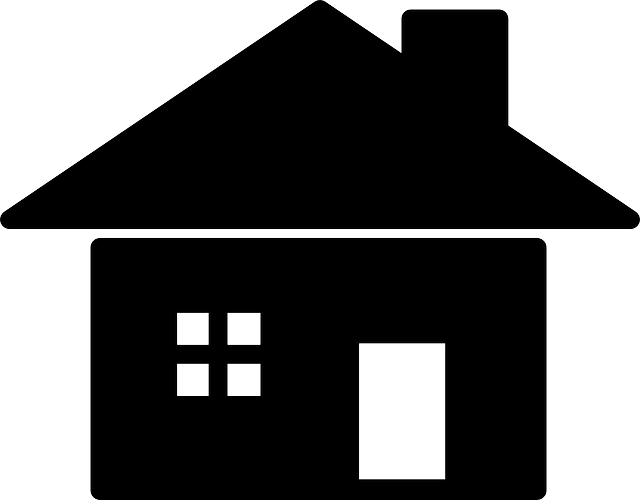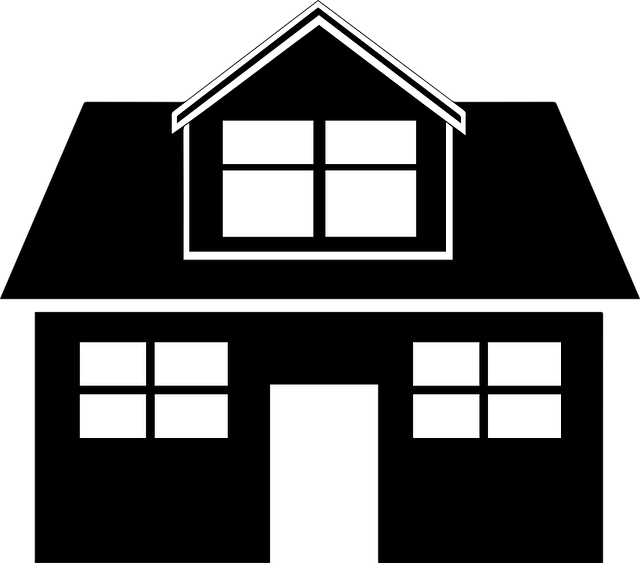When preparing for domestic emergencies and power outages, having reliable flashlights for home use is essential for maintaining safety and visibility. These devices should be distributed strategically throughout your home—on every floor including the basement and attic—and positioned where they are easily accessible in dark conditions. Opt for durable designs with dependable battery power or charging capabilities, and ensure they have versatile brightness settings to cater to various tasks and conditions. LED technology is preferred for its long-lasting illumination, and some models offer adjustable beam distances for different needs. Regularly test your flashlights, replace batteries as needed, and conduct practice drills with all family members to familiarize them with the devices' operation. A comprehensive plan includes monthly inspections, cleaning, and maintenance of these flashlights to ensure they are fully operational when unexpected darkness strikes. By investing in quality flashlights for home use and keeping them well-maintained, you create a robust safety network that supports swift decision-making and effective navigation during emergencies.
When it comes to home safety, reliable lighting is paramount during power outages or emergencies. This article delves into the critical role flashlights play in safeguarding your household. We’ll explore key features of top-tier ‘flashlights for home use,’ guide you on strategic placement within your residence, and train your family to handle them effectively. Additionally, we’ll cover how incorporating flashlights is essential in comprehensive emergency preparedness plans. Lastly, we discuss maintenance best practices to ensure your flashlights remain dependable when most needed. Illuminate your home’s safety with the right tools and knowledge.
- Understanding the Role of Flashlights in Home Safety
- Key Features to Look for in Quality Home Flashlights
- Strategic Placement of Flashlights Throughout Your House
- Training Family Members on Effective Flashlight Use
- Emergency Preparedness: Flashlights as a Critical Component
- Maintenance and Best Practices for Maintaining Your Home Flashlights
Understanding the Role of Flashlights in Home Safety

In the realm of home safety, reliable lighting is a cornerstone for ensuring occupants can navigate safely during power outages or unexpected emergencies. Flashlights for home use serve as a critical tool in this context, providing portable and directed illumination when main electricity fails. They are indispensable for tasks such as checking on family members at night, searching through drawers or under furniture, or guiding your way through dark hallways or external areas. Quality flashlights, equipped with durable batteries and bright LED bulbs, can offer a significant advantage in an emergency, enhancing visibility and aiding in quick decision-making processes. It’s advisable to have several high-quality flashlights strategically placed throughout the home, ensuring they are easily accessible during an urgent situation. Additionally, knowing how to operate your flashlight effectively, including understanding its functions such as switch operation, brightness levels, and battery life indicators, can significantly improve your preparedness for various scenarios. Incorporating flashlights for home use into your safety plan is a prudent step towards maintaining a safe living environment in the face of unexpected events.
Key Features to Look for in Quality Home Flashlights

When selecting a flashlight for home safety, durability and reliability are paramount. A high-quality home flashlight should be constructed with robust materials that can withstand frequent use and potential drops. Look for flashlights for home use that feature a sturdy aluminum or aircraft-grade titanium body; these materials offer both lightweight and long-lasting performance. Additionally, the bezel may serve as an impact-resistant feature, protecting the lens and ensuring continued functionality even in tough conditions.
In terms of lighting output, the best flashlights for home use offer a range of brightness levels to suit various situations. A high-lumen setting is crucial for emergency situations or when flooding an area with light is necessary. However, for daily tasks around the house, a lower lumen setting can provide enough illumination without wasting battery life. Consider flashlights that include different modes, such as economy, normal, and turbo, to adjust brightness according to the task at hand. Furthermore, look for models with LED technology, as it provides longer-lasting light compared to traditional bulbs. Features like a focused beam for distant objects or a wider beam for close-up tasks can also be invaluable, depending on your needs. Battery life and type are additional considerations; rechargeable lithium-ion batteries offer convenience and reliability over time, reducing the need to frequently replace them.
Strategic Placement of Flashlights Throughout Your House

When considering reliable light as a cornerstone of home safety, the strategic placement of flashlights for home use is a prudent measure to ensure visibility and security during power outages or unexpected emergencies. It’s crucial to have these illumination tools within easy reach in key areas of your residence. A common practice is to keep at least one high-quality flashlight on every floor, including the basement and attic. These should be placed in locations that are accessible even in pitch darkness, such as on top of a dresser or nightstand. Additionally, consider keeping a flashlight next to your bed and one in each bedroom. In the event of an emergency, being able to quickly locate and use a flashlight can significantly enhance your ability to navigate safely, search for important items, or even signal for help if necessary. Flashlights for home use should be of a durable design with reliable batteries or a charging system; this ensures that they are ready to provide illumination when you need them most. Remember to test your flashlights regularly and replace batteries as needed to maintain their functionality. By thoughtfully placing flashlights throughout your home, you create a network of light that can help keep you and your loved ones safe during unexpected events.
Training Family Members on Effective Flashlight Use

When it comes to home safety, reliable lighting is paramount during power outages or emergencies. Training family members on effective flashlight use is a critical component of home readiness. It’s essential to familiarize every household member with the operation of the chosen flashlights for home use, ensuring they are comfortable handling these devices under pressure. Practice regular drills where each person uses their assigned flashlight, navigating through the home in low-light conditions. This not only ensures that everyone knows how to turn on and operate the flashlight but also helps to reduce panic during an actual emergency. Additionally, it’s beneficial to keep spare batteries and to understand the correct replacement method to avoid being left in darkness when it matters most. By incorporating flashlights for home use into regular safety training, families can enhance their preparedness and response capabilities significantly. This proactive approach to training enhances safety and efficiency during unexpected situations, providing peace of mind that comes from knowing your family is equipped to handle the dark with confidence.
Emergency Preparedness: Flashlights as a Critical Component

In the event of a power outage or emergency situation, reliable lighting becomes a critical safety measure within the home. Flashlights for home use are an indispensable tool in emergency preparedness. They provide immediate illumination during unexpected blackouts or when navigating through dark spaces to avoid tripping hazards or potential dangers lurking in low-visibility areas. It’s wise to have a flashlight accessible in each room and ensure they are stocked with fresh batteries. These devices come in various sizes, styles, and light intensities, catering to different needs; from compact models that can be stored in a drawer or hung on a wall hook to larger, more durable options suitable for hands-free operation or long-term power outages. Keeping flashlights for home use strategically placed and in good working order is a proactive step towards maintaining a safe environment for all occupants during an emergency.
The reliability of flashlights for home use extends beyond routine power disruptions. They are equally important during natural disasters or when the electrical system is compromised. A well-prepared home should have a variety of lighting solutions, including high-quality flashlights that can withstand harsh conditions and provide steady light sources over an extended period. Features such as multiple brightness settings, LED technology, and energy efficiency make modern flashlights more versatile and effective for various situations. By integrating these into your home safety plan, you enhance your family’s ability to react confidently and safely in the face of unexpected events.
Maintenance and Best Practices for Maintaining Your Home Flashlights

To ensure your home is well-prepared for unexpected power outages or emergencies, maintaining a reliable collection of flashlights for home use is essential. Regular maintenance of these flashlights is critical to their performance when you need them most. Begin by inspecting each flashlight monthly, checking for any signs of wear or damage that could impair its function. Ensure batteries are fresh and properly installed, as power outages can be unpredictable and having non-functional flashlights in such situations can be a significant setback. Additionally, test the beam intensity and battery life to confirm they meet your expectations. Keep spare batteries of the correct type and size, storing them in a cool, dry place to avoid degradation. Clean the lens and casing regularly with a soft cloth to remove dust and grime that could diffuse or obstruct the light. Lubricate moving parts like switches and hinges with a suitable lubricant to maintain smooth operation and prevent corrosion. By adhering to these best practices, you can guarantee that your flashlights for home use will be ready to provide adequate illumination when darkness falls or during an emergency.
For long-term reliability, consider storing your primary flashlights with a full charge and replacing batteries annually or as recommended by the manufacturer. It’s also wise to have at least one high-quality, heavy-duty flashlight that can endure tough conditions for situations where you might be stranded outside of your home. In addition to physical maintenance, educate all household members on how to operate each flashlight and where to find them in an emergency. This ensures that every family member, including children who may be old enough, knows what to do when the lights go out. Regular drills can reinforce this knowledge and make everyone feel more secure during unexpected events. By combining these maintenance strategies with a well-thought-out plan, your flashlights for home use will serve as reliable beacons of safety in your household.
In conclusion, flashlights for home use play an indispensable role in ensuring safety within the household. They serve as a dependable light source during unexpected power outages or emergencies. Selecting flashlights with durable construction, reliable battery performance, and user-friendly design is paramount. Strategically placing these devices throughout your living space can facilitate swift and safe navigation in the dark. It is equally crucial to train all family members on their operation to maximize preparedness and efficiency when needed. Regular maintenance of your home flashlights ensures they are always ready for use, making them a critical component of any comprehensive emergency plan. Investing in quality flashlights for home use is a proactive step towards safeguarding your loved ones and your property from the uncertainties that can arise at any time.
